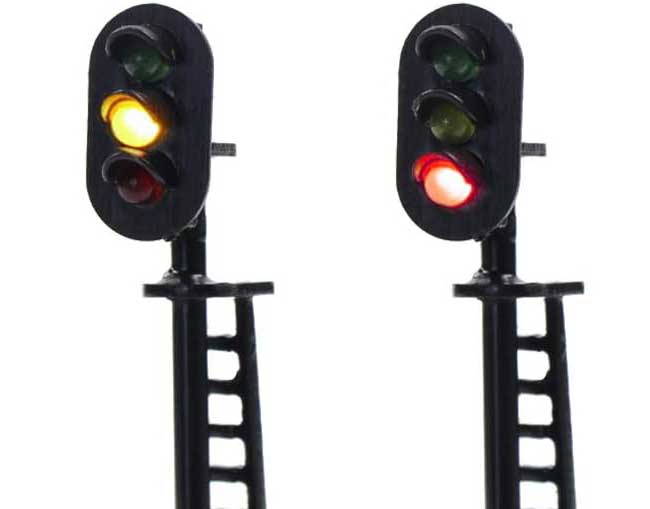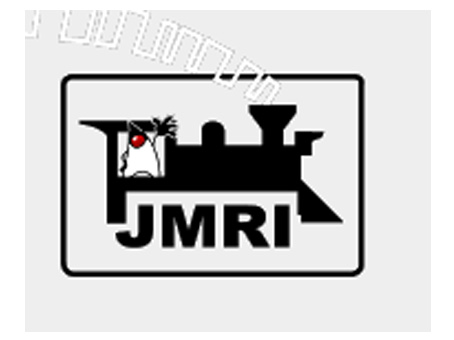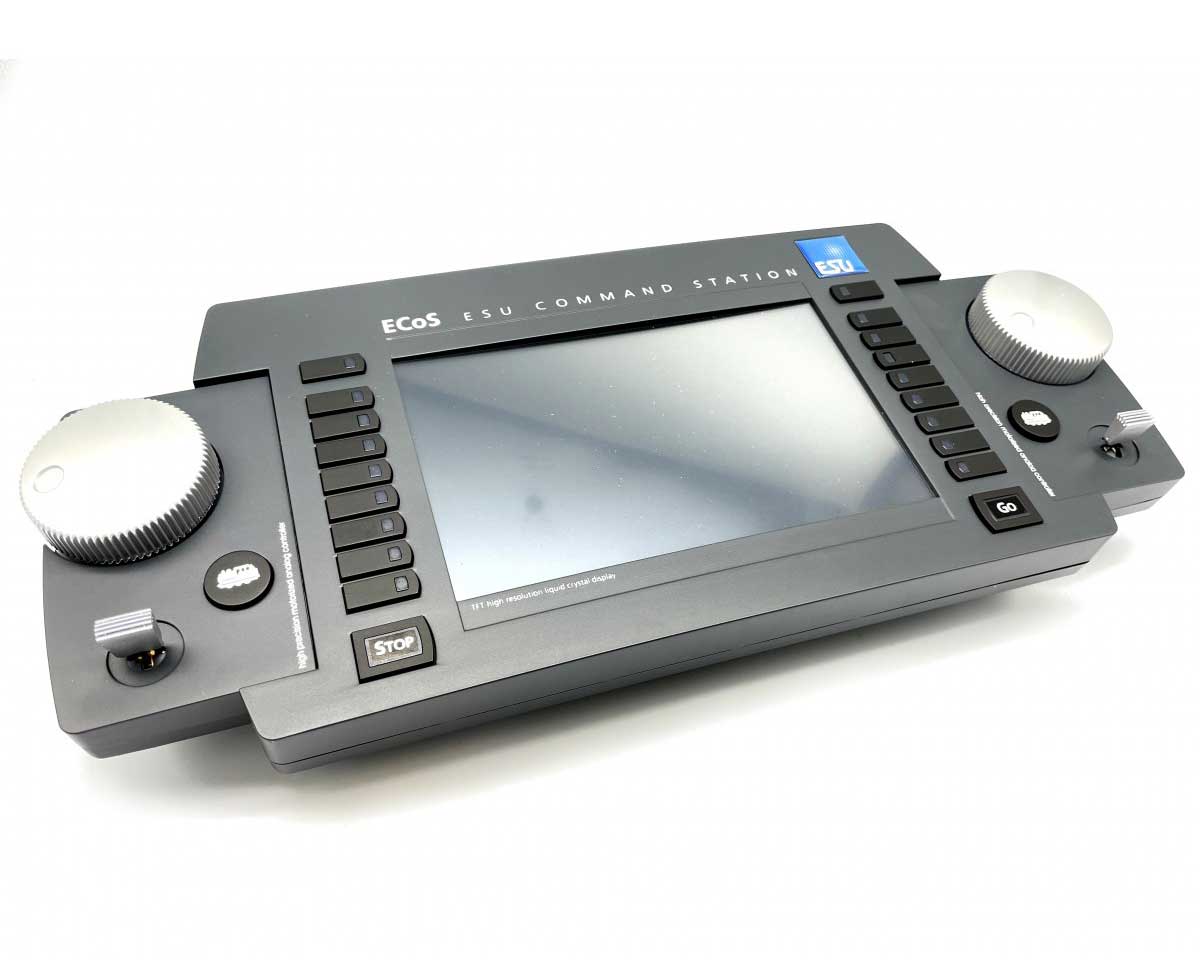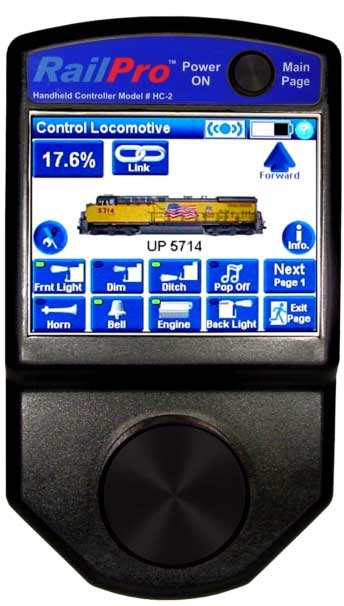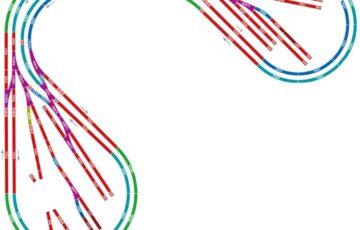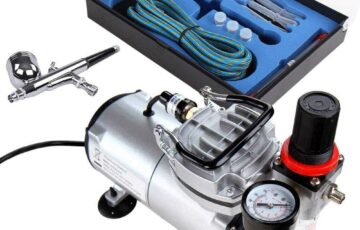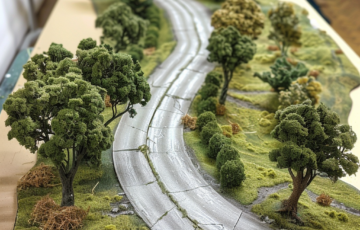Adding Signals to a Model Railway
Adding signals to a model railway can take your railway layout to a new level of realism. Model railway signalling systems are used to control the movement of trains on a layout, by providing information about the location and status of trains to the operator. There are many different types of signalling systems that can be used on a model railway, ranging from simple manual systems to complex computer-controlled systems.
Some common features of model railway signalling systems include:
- Signals: These are the visual indicators that provide information about the status of a track or route. Signals can be red, yellow, or green, and may be fixed or semaphore-style.
- Points: Also known as turnouts, these are used to route trains from one track to another. Points may be controlled manually or by an electronic system.
- Block detection: This is used to determine the occupancy of a section of track and can be achieved using sensors or electronic detectors.
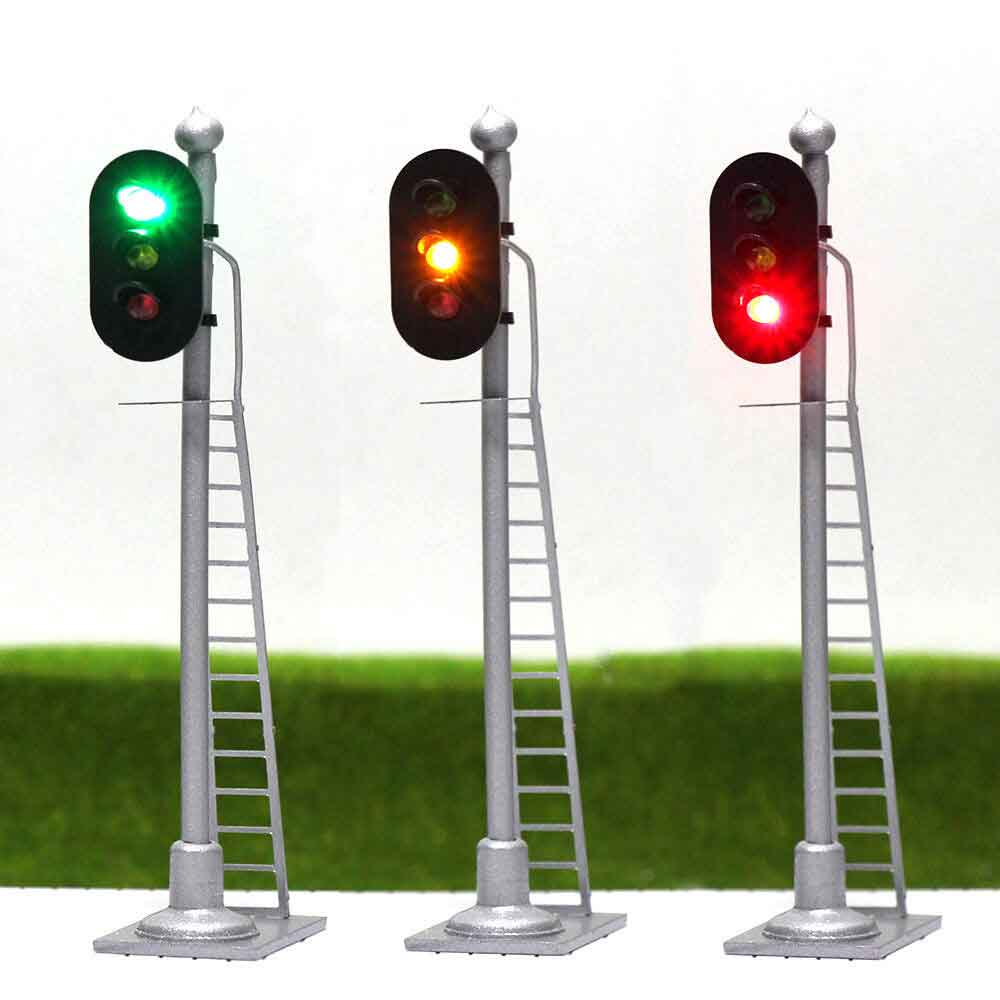
- Route setting: This is the process of selecting a route for a train to follow and can be done manually or automatically using a computer-controlled system.
Model railway signalling systems can be as simple or as complex as the modeller desires and can be a fun and interesting aspect of building and operating a model railway.
How to add Signals to a Model Railway
- Decide on the type of signals you want to use. There are many different styles of signals available, ranging from simple LED indicators to more realistic semaphore-style signals.
- Determine the location of your signals on the layout. Signals are usually placed at the beginning and end of a block, or at the entry and exit points of a station or yard.
- Install the signals onto the layout. This will typically involve attaching the signals to a base or mounting them onto a piece of scenery and running wires from the signals to a power source and control system.
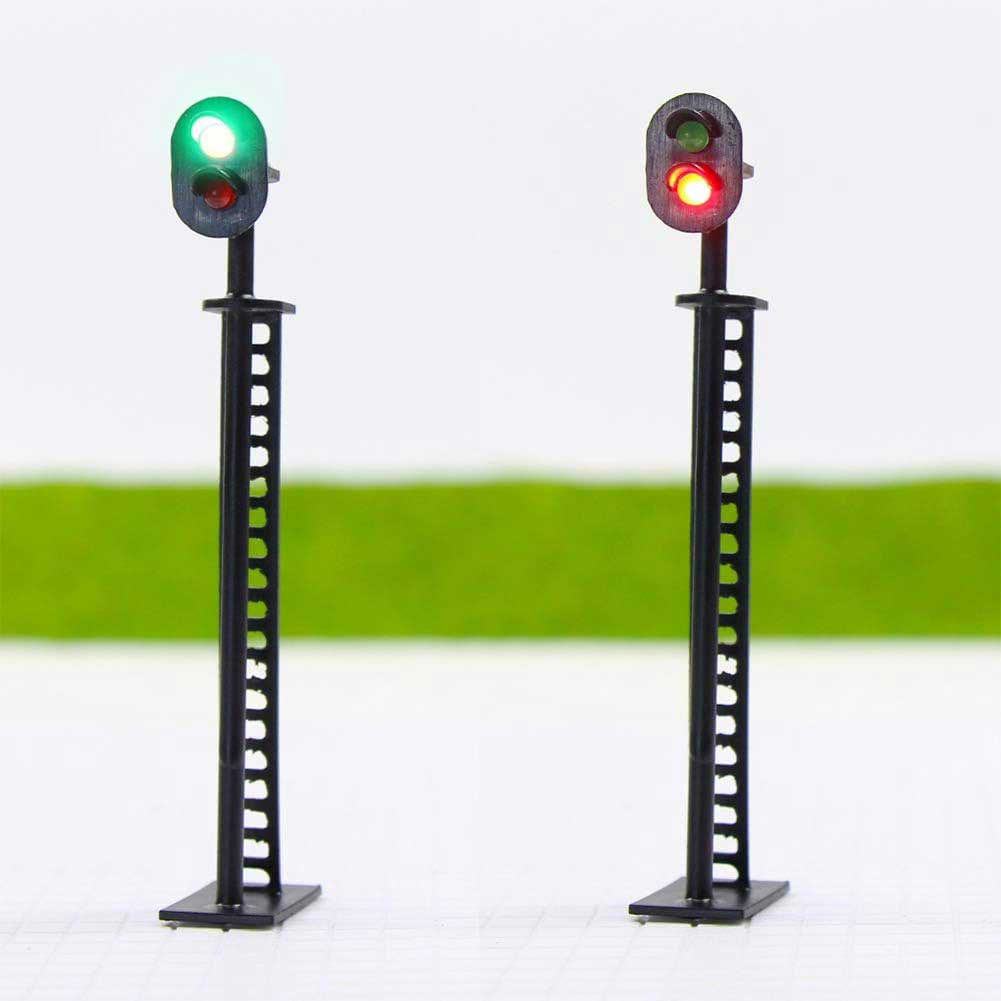
4. Connect the signals to a control system if you are using one. This will typically involve wiring the signals to a control panel or computer and programming the system to operate the signals correctly.
5. Test the signals to ensure they are functioning correctly. This may involve manually operating the signals, or setting up automatic routes and watching the signals change as trains pass through them.
It's a good idea to have a variety of tools on hand, such as wire strippers, wire connectors, and a soldering iron, to make the installation process as easy as possible. You may also need access to a power source and a control system, depending on the type of signals you are using.
Digital Signals for Model Railways
There are several computer-controlled signalling systems available for model railways. These systems can be used to automate the operation of signals and points on a layout, allowing the operator to set up routes and control the movement of trains automatically.
Some examples of computer-controlled signalling systems for model railways include:
- JMRI: This is an open-source software platform that can be used to control model railway layouts of all sizes. It is compatible with a wide range of hardware and software systems and can be used to automate the operation of signals, points, and other layout features.
- RailPro: This is a commercial software system that can be used to control model railway layouts. It is designed to be easy to use and offers a wide range of features, including support for automatic signalling and route setting.
- ECoS: This is a professional-grade control system that is designed for use with larger model railway layouts. It offers a wide range of features and is highly configurable, making it suitable for a variety of applications.
There are many other computer-controlled signalling systems available, each with its own set of features and capabilities. Some systems may be more suitable for certain types of layouts or applications, so it is worth considering the specific needs of your layout when selecting a system.
JMRI (Java Model Railroad Interface)
JMRI (Java Model Railroad Interface) is an open-source software platform that is commonly used for controlling model railway layouts. It is developed and maintained by a community of volunteers and is free to use.
Some key features of JMRI include:
- Compatibility: JMRI is compatible with a wide range of hardware and software systems, including digital command control (DCC) systems, computer interface hardware, and model railway control panels.
- Customization: JMRI can be customized and extended using a range of plugins and scripts, allowing users to add new features and functionality to the software.
- Ease of use: JMRI is designed to be easy to use, with a user-friendly interface and a range of pre-configured options to help users get started quickly.
- Wide range of features: JMRI offers a wide range of features for controlling and automating model railway layouts, including support for automatic signalling and route setting, scheduling and dispatch, and locomotive and accessory control.
JMRI is a popular choice for model railway enthusiasts due to its versatility and the wide range of hardware and software systems it can be used with. It is suitable for use with layouts of all sizes, from small home layouts to large club layouts.
ECoS (Electronic Central Operating System)
ECoS (Electronic Central Operating System) is a professional-grade model railway control system developed by ESU (Electronic Solutions Ulm). It is designed for use with larger model railway layouts and offers a wide range of features for controlling and automating the operation of a layout.
Some key features of ECoS include:
- Highly configurable: ECoS is highly configurable, allowing users to customize the system to meet the specific needs of their layout. It supports a wide range of hardware and software systems, including digital command control (DCC) systems, computer interface hardware, and model railway control panels.
- Automatic signalling: ECoS supports automatic signalling and route setting, allowing users to set up routes and control the movement of trains automatically. It also supports the use of computer-generated timetable schedules.
- Accessory control: ECoS allows users to control a wide range of layout accessories, such as lights, sounds, and animation, using the system's built-in software or external devices.
- Multiple control options: ECoS offers a range of control options, including a PC-based control panel, a touchscreen control panel, and mobile app control.
ECoS is a powerful and feature-rich control system that is suitable for use with larger and more complex model railway layouts. It is a popular choice among professional model railway enthusiasts and clubs due to its advanced capabilities and versatility.
RailPro
RailPro is a model railway signalling system designed to provide realistic signalling and train control for model railways. It is a digital system that uses microprocessors and software to control the signals and track switches on a model railway layout.
The system is designed to be flexible and customizable, allowing users to create their own signalling schemes and control the movement of trains on their layouts. RailPro offers a range of features, including automatic route setting, train detection, and track occupancy monitoring.
It can be used with a variety of scale models, including HO, N, and O scale. RailPro is a popular choice among model railway enthusiasts because of its versatility and realistic operation.

